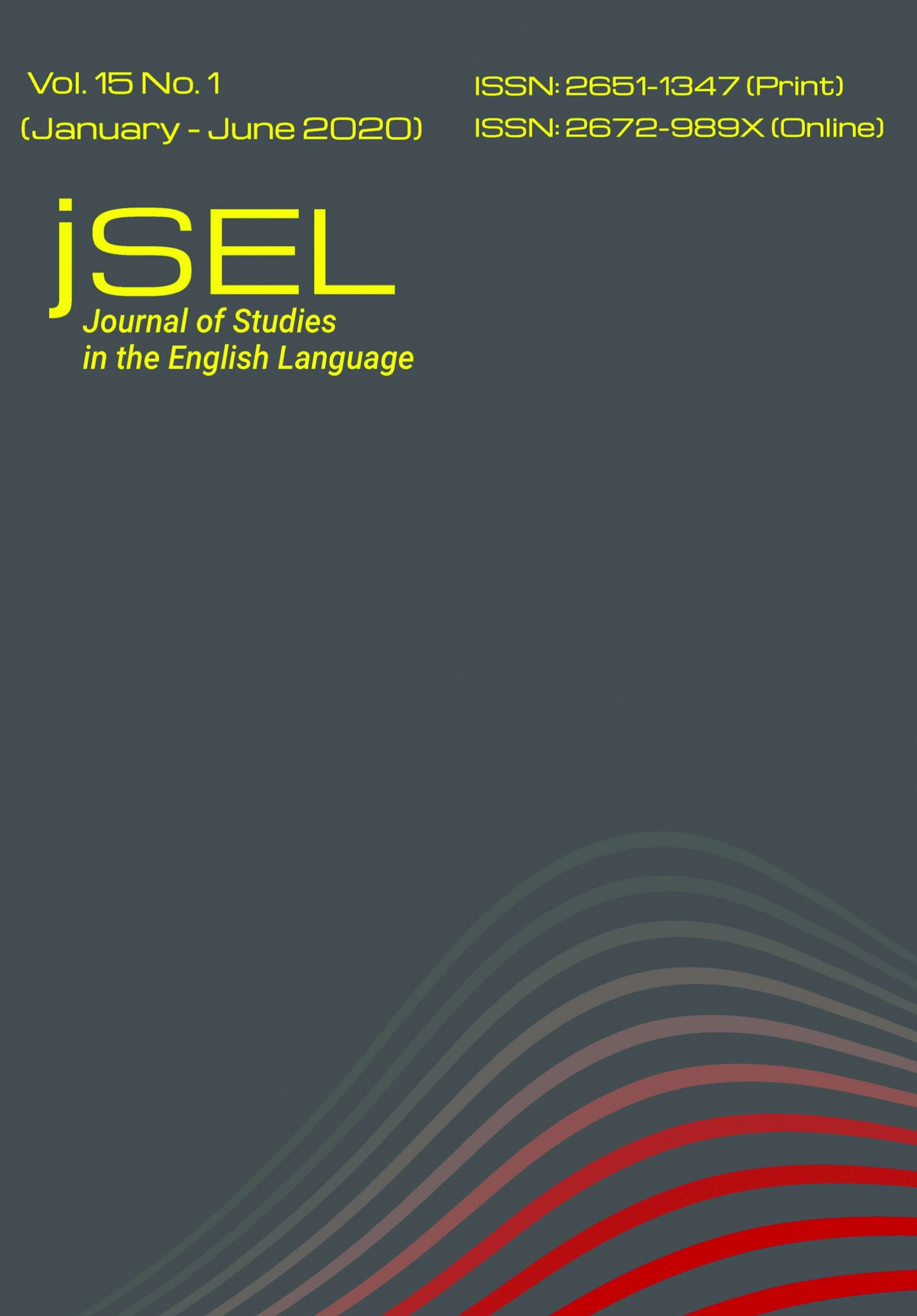Warriors Don’t Cry. A Separate Route to Girls' Self-Assertion in Cisneros’s The House on Mango Street and Sapphire’s Push.
Main Article Content
Abstract
Cisneros’s The House on Mango Street (1984) and Sapphire’s Push (1996) are regarded, among others, as a staple of young adult literature. While attempts have been exhaustively made to delve into a site of oppression under which the protagonists are buried, this research departs to discuss and compare the characters’ unfailing commitment to self-assertion. Through a critical lens of Black feminism, it argues that their liberatory achievements are discretely characterized by the girls’ resistance and retreat that replenish their depleted sense of self-worth. Esperanza, a Latina girl in The House on Mango Street, seeks self-empowerment in the patriarchy-free sphere, harboring a desire to desert gloomy Mango Street. Precious, an African-American girl in Push, however, exhibits resistance traits, exerting both her mental and physical power to overcome subversion. I further put forward the claim that literacy, a fundamental feminist agenda, connectedly influences their endeavor to negate normalized discrimination. Oppressions, it is concluded, are relinquished and they triumphantly walk the path to liberation—their spirits fulfilled and...freed.
Article Details
References
Angelou, M. (1994). The complete collected poems of Maya Angelou. New York, NY: Random House.
Beals, M. P. (2007). Warriors don’t cry. New York, NY: Simon Pulse.
Betz, R. M. (2012). Chicana ‘Belonging’ in Sandra Cisneros’ The House on Mango Street. Rocky Mountain Review, 66, 18-33. Retrieved from https://www.rmmla.org/assets/docs/Journal-Archives/2010-2019/summer2012-Betz.pdf
Bollen, C. (2012, May 1). Toni Morrison’s haunting resonance. Retrieved from https://www.interviewmagazine.com/culture/toni-morrison
Boonyaoudomsart, N. (2017). Fannie Flagg’s fried green tomatoes at the Whistle Stop Cafe: Gender, class, race and w h i t e s u p re m a c y ( U n p u b l i s h e d m a s t e r ’s t h e s i s ) . Thammasat University, Bangkok, Thailand.
Cisneros, S. (1984). The house on Mango Street. New York, NY: Vintage Books.
Collins, P. H. (2000). Black feminist thought: Knowledge, consciousness, and the politics of empowerment (2nd ed.). New York, NY: Routledge.
hooks, b. (1982). Ain’t I a woman: Black women and feminism. London, England: Pluto Press.
hooks, b. (1984). Feminist theory:From margin to center. Boston, MA: South End Press.
hooks, b. (1994). Teaching to transgress: Education as the practice of freedom. New York, NY: Routledge.
Kuribayashi, T. (1998). The Chicana girl writes her way in and out: space and bilingualism in Sandra Cisneros' The House on Mango Street. In T. Kuribayashi & J. Tharp (Eds.), Creating safe space: violence and women's writing. (pp. 165-178). New York, NY: SUNY Press.
Michlin, M. (2006). Narrative as empowerment: Push and the signifying on prior African-American novels on incest. Études Anglaises, 59(2), 170-185. https://doi.org/10.3917/etan.592.00170
Morrison, T. (2019, August 6). Five poems by Toni Morrison: Someone leans near. Retrieved from https://believermag.com/five-poems-by-toni-morrison/
Myles, L. D. (2012). Sapphire’s PUSH: Locating safe sites for writing and personal transformation. In E. McNeil, N. A. Lester, D. S. Fulton & L. D. Myles (Eds.), Sapphire's literary breakthrough: Erotic literacies, feminist pedagogies, environmental justice perspectives (pp. 13-28). New York, NY: Palgrave Macmillan.
Sánchez, R. (1995). Remembering always to come back: The child's wished-for escape and the adult's self-empowered return in Sandra Cisneros'sHouse on Mango Street. Children's Literature, 23, 221-241. https://doi.org/10.1353/chl.0.0455.
Sapphire, R. L. (1996). Push.New York, NY: Vintage Books.
Stapleton, L. (2004). Toward a new learning system: A Freirean reading of Sapphire's “Push”. Women's Studies Quarterly, 32(1/2), 213-223. Retrieved from https://www.jstor.org/stable/40004401
Tyson, L. (2006). Critical theory today: Auser-friendly guide. New York, NY: Routledge.
Wissman, K. (2006). Writing will keep you free: Allusions to and recreations of the fairy tale heroine in The House on Mango Street. Children’s Literature in Education, 38(1), 17-34. https://doi.org/10.1007/s10583-006-9018-0


